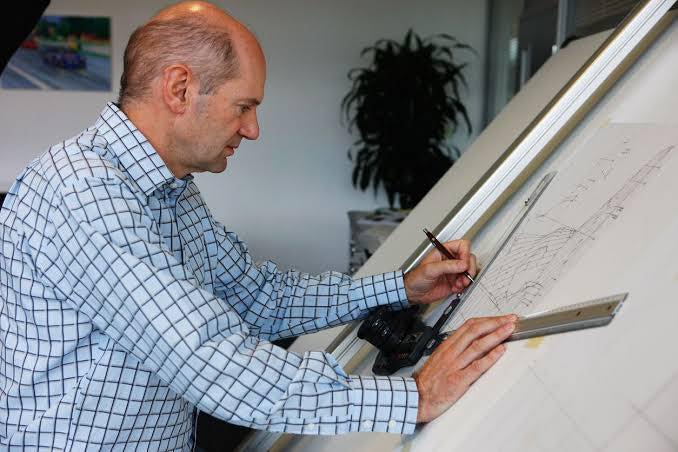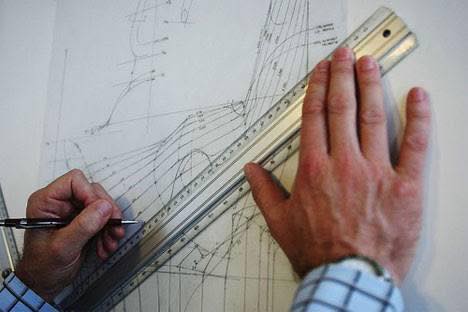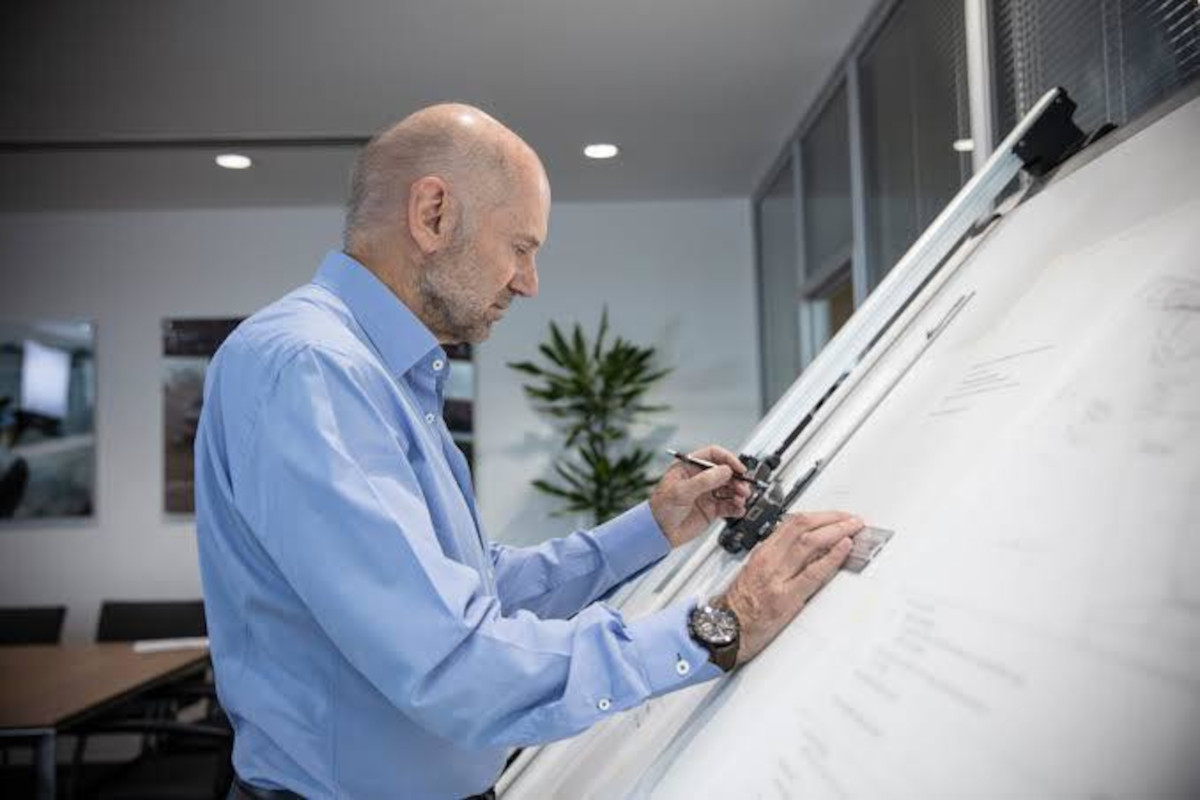In the high-octane world of Formula 1, where cutting-edge technology and precision engineering are paramount, one might assume that the design of racing cars is an entirely digital affair.
Yet, Adrian Newey, one of the most celebrated figures in motorsport engineering, continues to defy this norm. Known for his role in shaping some of the most successful F1 cars in history.
Newey’s approach is as much an art as it is a science, rooted in the tactile and intuitive use of pen and paper.
The Man Behind the Masterpieces
Adrian Newey’s career spans several decades and includes stints with top teams like Williams, McLaren, and Red Bull Racing.
His designs have won numerous championships, making him a pivotal figure in the sport.
Despite the availability of advanced CAD tools and simulation software, Newey’s preference for sketching by hand offers a unique glimpse into his creative process.
This choice isn’t merely nostalgic; it reflects a deeper understanding of the craft and a commitment to a more holistic design approach.

The Timeless Appeal of Pen and Paper
Why does Newey persist with pen and paper in an age dominated by digital design tools?
The answer lies in the nature of creativity itself. For Newey, the physical act of drawing allows for a more fluid and spontaneous exploration of ideas.
It fosters a deeper connection with the design, allowing him to visualize and iterate concepts rapidly.
This method also provides a break from the constraints of digital interfaces, enabling a freer form of expression that can lead to unexpected innovations.
The Intersection of Tradition and Technology
While Newey’s use of pen and paper may seem anachronistic, it doesn’t mean he eschews modern technology.
On the contrary, his sketches often serve as the initial blueprint, which is then refined and developed using sophisticated software.
This blend of traditional and digital methods allows for a comprehensive approach to car design, combining the intuitive with the analytical.
The Benefits of a Hands-On Approach
Newey’s hands-on approach has several advantages. Firstly, it encourages a deeper understanding of aerodynamics and vehicle dynamics, as the designer must consider these factors in every stroke.
Secondly, it allows for a more personal touch, as each sketch carries the nuances of the designer’s hand.
This personal connection can lead to more thoughtful and innovative designs, as it becomes a direct extension of the designer’s vision.
The Human Touch in High-Tech Racing
In a sport increasingly driven by data and algorithms, Newey’s methodology serves as a reminder of the importance of the human element.
His sketches are not just technical drawings; they are expressions of a broader creative vision.
This human touch can be seen in the elegant lines and curves of his cars, which often stand out not only for their performance but also for their aesthetic appeal.

Lessons for the Future of Design
Newey’s continued success suggests that there is still room for traditional methods in modern engineering.
As technology continues to evolve, the key may lie in finding the right balance between the old and the new.
For aspiring designers and engineers, Newey’s career offers valuable lessons: embrace technology, but don’t be afraid to rely on intuition and hands-on experience.
The Legacy of Adrian Newey
Adrian Newey’s legacy in Formula 1 is undeniable. His ability to consistently produce winning designs has earned him a place among the sport’s greats.
However, his most enduring contribution may be his demonstration that innovation often requires a blend of methods and perspectives.
By keeping one foot in the past with his pen and paper and the other in the future with advanced technology, Newey exemplifies a holistic approach to design.
Conclusion: The Enduring Relevance of Traditional Methods
In a world obsessed with the latest technology, Adrian Newey’s use of pen and paper serves as a powerful reminder of the enduring relevance of traditional methods.
His success in Formula 1 shows that innovation is not solely about adopting new tools but also about maintaining a creative and flexible mindset.
As we look to the future of car design and engineering, Newey’s approach offers a valuable model for balancing tradition with technology.


































